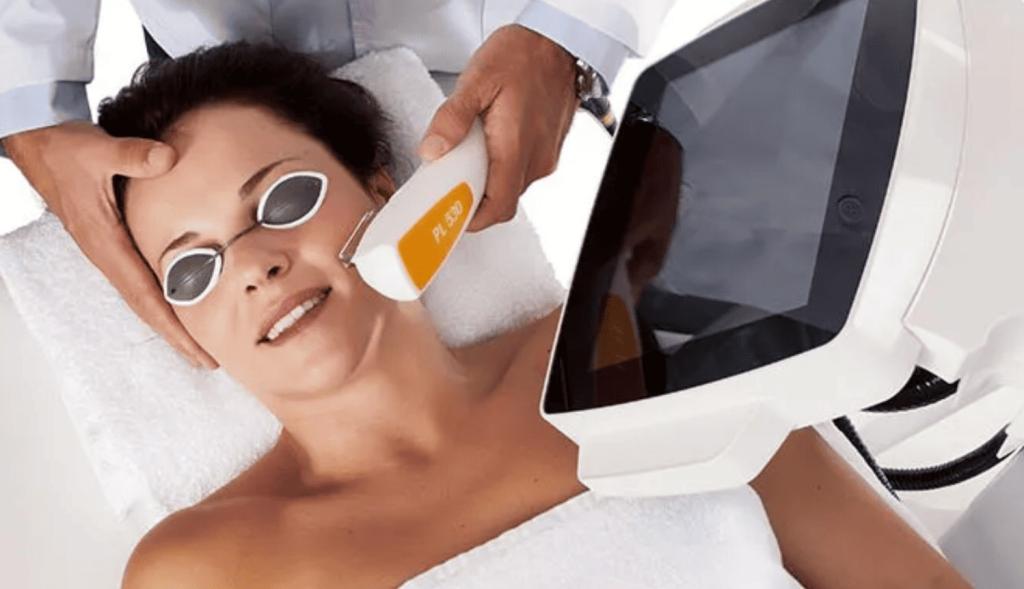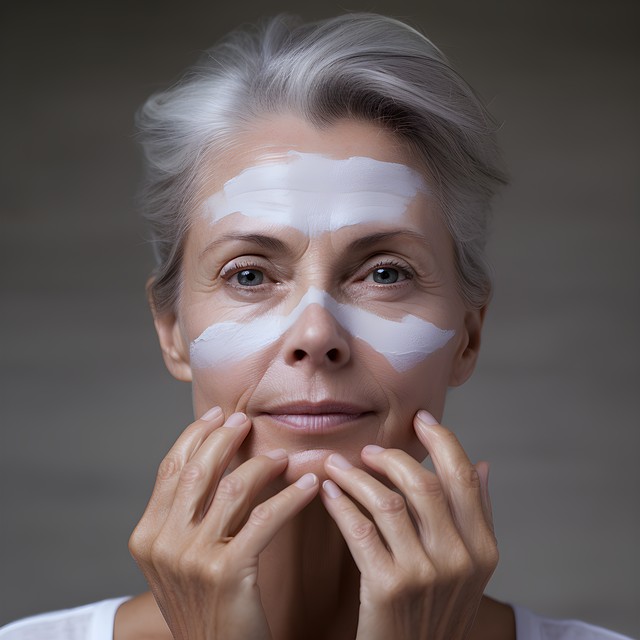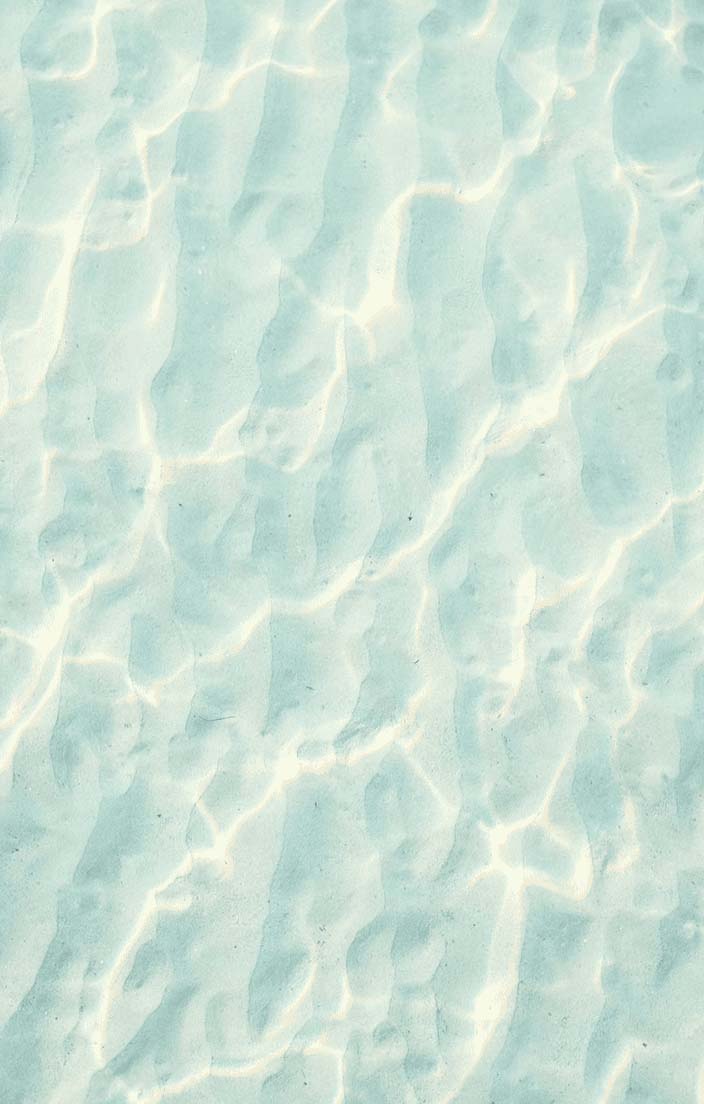Broken blood vessels and brown marks on the face can arise from sun damage and rosacea and can feel unsightly. The Nordlys system uses specific wavelengths of light to target and treat brown marks, redness, and visible vessels. The treatment is non-invasive with minimal downtime and typically requires a series of sessions to achieve optimal results.

Redness and Vessels
Facial redness, flushing and visible vessls often develop from rosacea or sun damage. These changes can be noticeable and uncomfortable, sometimes causing warmth or a burning sensation with flushing. The Nordlys system uses advanced light-based technology to safely and effectively deliver controlled pulses of light that are absorbed by the small surface vessels, causing them to gradually fade as the body clears them away. This gentle and precise treatment helps calm redness, reduce visible capillaries and restore a clearer, more even complexion with minimal downtime.
A Younger, Fresher Look
The Frax 1940 is an advanced fractional laser designed to improve skin texture, tone and overall appearance. It works by delivering controlled microscopic columns of laser energy into the skin, stimulating the body’s natural healing response and promoting the production of collagen and elastin. This helps reduce fine lines, uneven texture, sun damage, pigmentation irregularities and mild scarring. Treatments are precise and targeted, leaving surrounding skin intact for faster recovery, resulting in smoother, healthier-looking skin over a series of sessions.

FAQ’S
Frequently Asked Questions


What do I need to do before my treatment?
Before your laser treatment, it’s important to protect the skin and prepare appropriately for the best results:
- Avoid sun exposure or tanning (including sunbeds) for at least 2 weeks before your appointment, and use broad-spectrum sunscreen daily.
- Discontinue or avoid products that may increase skin sensitivity, such as retinoids, chemical peels, or strong exfoliants, for several days before treatment—your dermatologist will advise the exact timing.
- If you are prone to cold sores, tell your doctor, as antiviral medication may be recommended.
- Keep the treatment area clean and avoid applying heavy makeup or skincare products on the day of your appointment.
- Let your clinician know about any medications or health conditions that may affect healing.
- If you are anxious, you may consider arranging a friend or family member to accompany you for support.
Is there any after care required?
- After your laser session, your skin may appear red, slightly swollen, or feel warm, similar to a mild sunburn. This usually settles within a few hours to a couple of days. Application of an ice-pack for 15 minutes per hour for a few hours may mitigate this.
- Avoid sun exposure and apply a broad-spectrum sunscreen daily to protect the treated area.
- Keep the skin clean and gently moisturised, and avoid harsh products, exfoliants, or retinoids for several days as advised.
- Bruising may be seen with vascular treatments and may last a week.
- Minor flaking or peeling may occur with Frax resurfacing laser—this is normal.
- If any blistering, oozing, or unusual discomfort develops, contact the clinic promptly.
- Depending on the treatment intensity, one or multiple sessions may be recommended for optimal results, and your dermatologist will guide you on the appropriate follow-up schedule.
Can I go back to work after treatment?
Most patients experience some redness and swelling that usually settles within 24 hours. More intensive treatments may cause bruising and facial swelling, and sometimes a fine, sandpaper-like scale that clears over a week. This can generally be covered with foundation from the following day.
How many sessions will I need?
Depending on your skin concern, one session may be enough, though a series of 3–4 treatments is often recommended. Maintenance “touch-ups” may be needed every 6–12 months.
Is the treatment painful?
The laser feels like a hot elastic band flicking the skin. While some sessions can be more uncomfortable, the device includes built-in cooling, and a topical anaesthetic can be applied beforehand if needed.
What is the cost?
Costs vary depending on the treatment area and number of sessions. A detailed quote will be provided at your consultation.
Is the treatment covered by Medicare?
Medicare only covers laser treatment for very specific medical indications. Most procedures are considered cosmetic and do not attract a rebate.